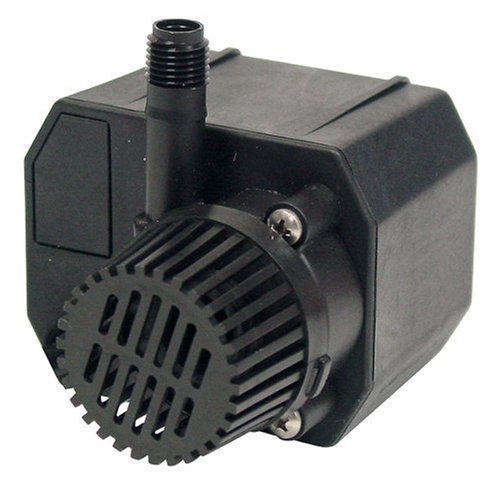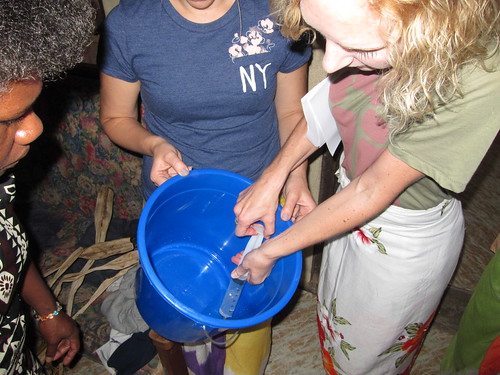Drinking water filters - systems compared in effectiveness, maintenance requirements, speed and cost

In this article we are going to reverse osmosis, distillation and multi-media block filter systems for research. Discover, filters for drinking water are very different in their effectiveness, required maintenance, the rate of filtration and the cost per liter of filtered water produced. It also covers the information needed to choose the best water filter for your family.
In my opinion, you can choose one of the filter for drinking water, outside of the body, and is a good compromise.But some are much better than others.
First look at the reverse osmosis (RO) system for research.
This system works by forcing water under pressure against a semipermeable membrane that removes the particles are no bigger than a water molecule. At this stage of the RO filter is really just an inefficient, expensive pre-filter, because:
1 RO systems will not remove chlorine, pesticides or other toxic chemicals in organic synthesis, whose molecular size is less than water, so they mustbe used in combination with carbon filters.
2 Even among the high water pressure, two-thirds or more water molecules are forced through the membrane and go down the drain as a waste of water.
3 RO systems are slow, leading to less than 1 gallon per hour with filtered water and then have a tank to provide an adequate supply of water.
4 The membrane filter in removing metals such as lead, but also removes the minerals our bodies, if necessaryCalcium, potassium and magnesium makes water more acidic, which some health authorities to keep the water "unhealthy".
The RO system requires significant maintenance and water produces relatively expensive at around 18-24 cents per gallon.
Subsequently, the distillation system (D)
The distillation is similar to the nature of the recycling system. In nature, the sun heats the water evaporates and rises into the upper atmosphere, condenses in cooler air and falls as rain.
In DManaged system of water on a heated coil, steam rooms, enter into a cooling chamber (where the contaminants), and condenses into a liquid.
This system is very effective against bacteria. Any mistake may have lost, as the cysts of chlorine, such as Cryptosporidium and Giardia (bad bugs) will be covered by distillation.
And, yes, the D-system, the guide is out, but as the RO system, it removes healthy trace elements.
Once again, as the RO system,Chlorine and other chemicals toxic to creep, because it evaporates at a lower temperature than water, go to condense in the cooling chamber, and again with water. Moreover, as the systems RO-D systems to be used in combination with a charcoal filter.
Distillation, such as reverse osmosis, is slow and expensive to waste, up to 80 percent water. The distillation produces filtered water at a price 20-26 cents per gallon.
Finally, let us look at media blockFilter.
In the previous version of this was simply filtered water forced through a cylinder filled with granular activated carbon (GAC) or carbon. Activated carbon is used because it was recognized by the EPA as the best filter media to remove chlorine, volatile organic chemicals (VOCs) and synthetic organic chemicals (SOCs).
However, these early systems had a tendency to:
1 Leave a bit 'of water filter between the wall and the flow of carbon, are not all in the waterwas filtered and
2 There was some concern for these filters are not able to remove small microbes such as Cryptosporidium and Giardia, and even harder to chemical compounds must be removed.
Both problems were solved with the introduction of multimedia technology block filter.
This technology uses the advantages of activated carbon by a filter media mixed with a sub-micron structure is extruded or molded into a solidblock.
This multimedia system filter block:
1 Removes VOC and SOC, which among other things, make the most of our medications and prescription, herbicides, pesticides, etc., which are increasingly present in our water systems, and
2 Removed small microbes and even more difficult to remove chemicals and
3 The construction of the block prevents water from channeling around the filter material.
Multi-media block filter systems have now comeTip of the drinking water filtration technology.
These filters are simple (without pumps and storage tanks are required). They are efficient, fast and very economical to produce a steady supply of good, clean water for less than 10 cents per gallon.
In my opinion, are by far the best choice of filter for drinking water at home.
infant car seats




























